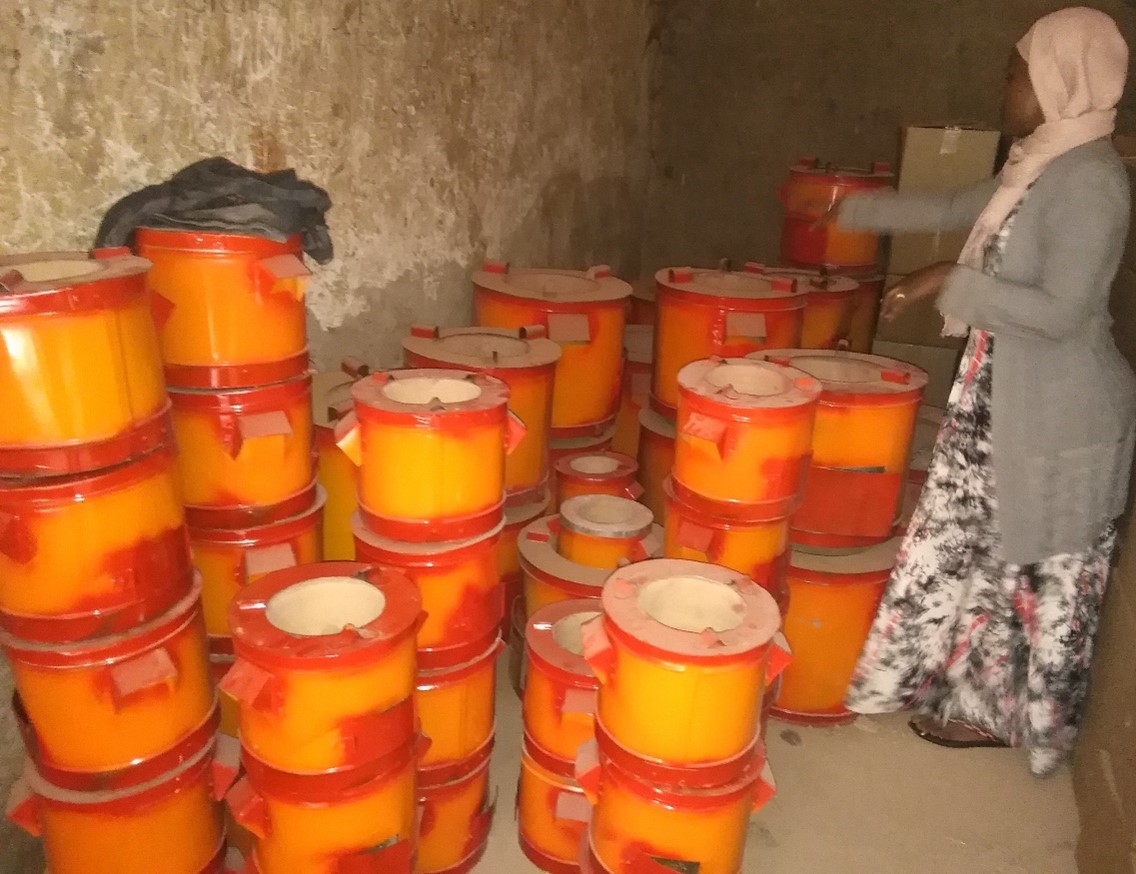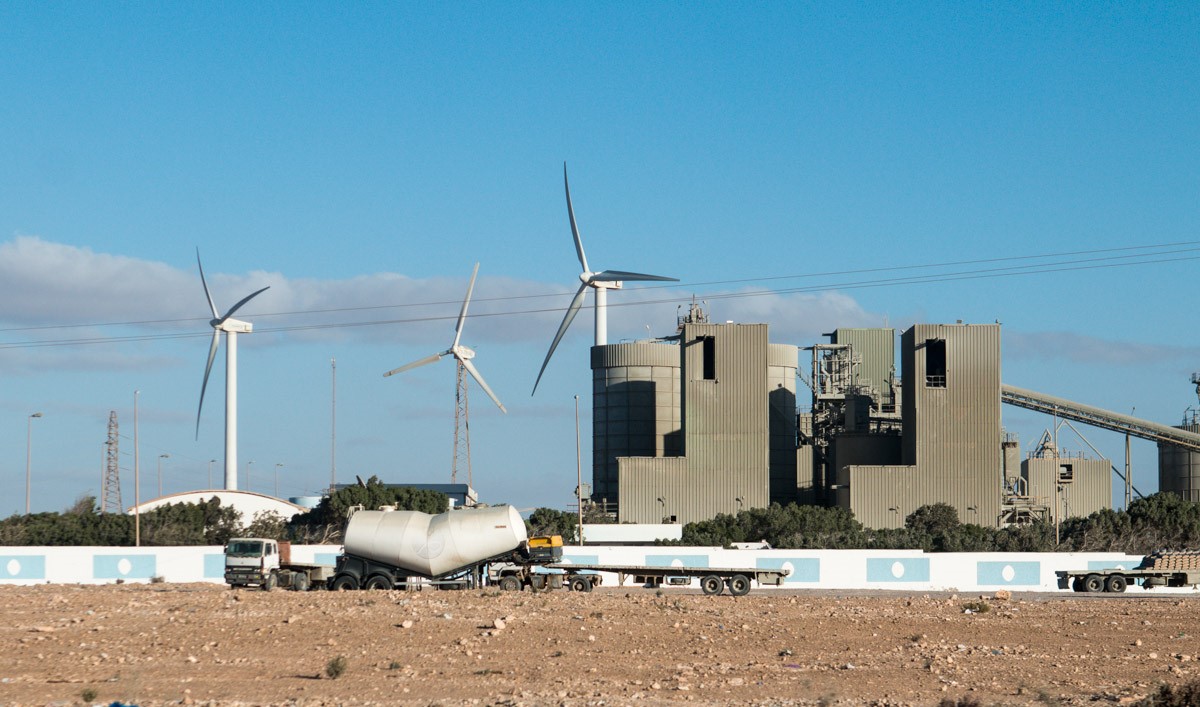There is growing interest in the potential of mini-grids, run off renewable energy, to provide electricity in Sub-Saharan Africa. If mini-grids can become more affordable, the increase of reliable and green energy could, writes Oluleke O. Babayomi, help kick-start economic development across the region.
Mini-grids are independent electrical networks, not connected to a country’s central grid, that generate the power they rely on locally and have power ratings of up to 10 MW. Solar-powered mini-grids are the most common renewable version and offer two main advantages. They are a healthier substitute to burning fossil fuels because they do not produce air pollution. Also, they produce fewer greenhouse gases than diesel or gasoline powered generators which many people who can’t get mains electricity currently rely on.
Sub-Saharan Africa’s (SSA) rural population, population density, distance from the existing electricity grid, complex terrain, and economic circumstances, all make mini-grids more appealing than traditional mains powered electricity from a centralised grid. Nonetheless, some challenges need to be overcome for SSA to benefit economically from the potential of mini-grids.
Challenges to Sub-Saharan Africa’s energy transition
SSA faces some unique challenges in its clean energy transition. Approximately 59 per cent of SSA’s population live in rural areas, making access to grid electricity difficult. The distances increase the cost of infrastructure and decrease its efficiency.
The region’s current grid infrastructure is also highly inefficient. Electricity transmission and distribution losses in SSA average 12 per cent. This contrasts with North America’s, Europe’s, and East Asia’s averages of 6.3 per cent, 6.3 per cent, and 5.4 per cent respectively.
This combines with inadequate base load capacity. The existing installed grid generation cannot supply the current demand for power. During 2018 and 2019, 42.1 per cent of African customers reported outages lasting at least 24 hours. In Asia, that number was only 13 per cent, and only 5.2 per cent of Europeans had similar outages.
Finally, the low credit ratings of countries in the region means it is difficult for them to access capital. If they can, it is often at high lending rates which leads to higher costs for the consumers. For example, the cost of electricity from mini-grids can be up to ten times that of the main grid, partly as a result of government subsidies. That makes it hard enough for individual consumers but makes it virtually impossible for mini-grids to provide the energy needed for the production of goods and services that would make them competitive in a globalised world with cheaper imported alternatives.
Enhancing SSA’s energy transition strategy
Rural electrification investments in SSA are largely driven by the vision of “energy access for all.” But this leads to lopsided policies. Human development must be a complementary input to economic growth for it to produce more income to improve the quality of human development. Human development is only sustainable if it has an active relationship with economic growth. So, the purpose of mini-grid investments needs to change from energy access to energy for productivity and prosperity. This paradigm shift will lead to the domestic retention of direct and indirect economic impacts of renewable mini-grids.
Although mini-grids are ideally suited for rural communities, the poor reliability of SSA’s main electric power grids also makes mini-grids useful in SSA’s cities. Insufficient generation capacity and poor grid efficiency contribute to SSA’s ailing grid, resulting in unscheduled power outages, load shedding and low voltage fluctuations. Only 43 per cent of SSA residents enjoy reliable electricity. Renewable mini-grids can be deployed to replace backup generators on school campuses, factories and markets. This can improve outcomes in sectors from healthcare services to youth education and longer duration of economic productivity in commercial centres.
The challenge for developing countries in SSA is to supply enough low-carbon energy for economic growth while achieving universal energy access to drive human development. These two objectives can be in competition with each other. Energy for growth must be low cost to facilitate the competitive production of goods and services. But universal energy access from mini-grids, due to its high cost, Is not yet competitive on the open market. If the envisioned off-grid and urban electrification agenda for SSA is to lead to sustainable development, SSA’s main grids need to be modernised, and mini-grids need to provide affordable clean energy: energy that supports productive applications without unduly sacrificing market competitiveness.
This blog is based on the recent publication “Affordable clean energy transition in developing countries: Pathways and technologies”.
Photo credit: CARPE Congo Basin used with permission CC BY-NC-ND 2.0





